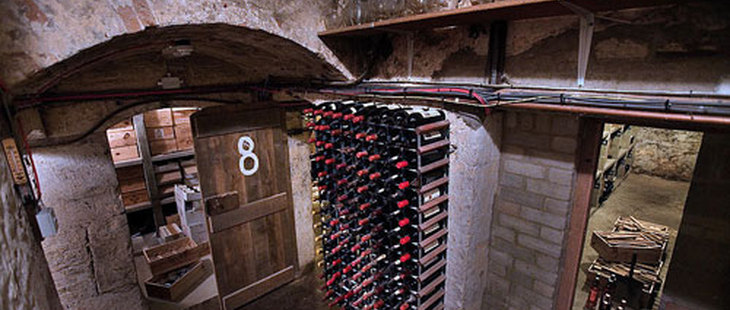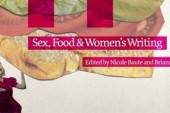
This is certainly one of the most frequently asked questions in the world of wine. Much mystique surrounds the notion of well-aged “vintage” wines, gathering dust in a cool, damp subterranean cellar. Any wine can be left to age of course, but the wines we’re talking about are those that can not only stand the test of time, but also improve with age.
Some wines, although not as many as you’d think, even require some ageing before they reach that magical mix of maturity and drinkability. However the length of time it takes to reach that maturity is somewhat speculative – there’s no exact science to determine a wine’s ideal drinking window. And to further muddle the waters, the notion of “improving” itself is also somewhat subjective: all wines travel along the evolutionary continuum from fresh and fruity to dried/candied fruit, nutty, earthy and pot-pourri-like flavours. Optimum drinking thus depends on which types of flavours you prefer.
The wines that demand a little cellar time are those, mostly red wines, that are closed, rough and astringent when first released. Time in the bottle will soften the hard edges and develop a greater range of flavours, i.e. complexity, beyond just fruit and into spice, earth, flowers and hundreds of other nuances, depending on grape, place and vintage year, that are prized by fans of mature wines. But such wines represent a small fraction of what’s available on the market. Most wines just get old and tired, subject to the ravaging and inexorable effects of oxygen.
So which wines to forget about in the cellar for a few years? One basic guideline is price: getting the extra stuffing in that makes wines age worthy means higher costs more. The majority of wines under $20, red, white or sparkling, fall into the drink now category.
Thus inexpensive, dry, fruity whites are the least likely candidates for the cellar – these are wines to consume between 1-3 years after harvest. Fresh fruit flavours quickly fade and die in the bottle without any protection, leaving a tired, oxidized, bruised apple-flavoured wine.
Likewise commercial- style soft, supple reds are enjoyable when young and fruity, but offer little once the fruit has headed south. Don’t waste space in the cellar with these.
The wines that should occupy real estate in your cellar are those that have the protection of at least two out of four basic natural preservatives: Acidity, tannin, sugar and to a lesser extent, alcohol. Thus, the age-able white wine exceptions are those with high acidity such as riesling, chardonnay and chenin blanc grown in a cool climate; acidity is an excellent stabilizer and preservative. Even more age worthy are sweet white wines with high acid – think late harvest riesling, or chenin blanc, sauternes and other botrytis-affected (noble rot) wines like tokaji, and similar.
Dry red wines are by and large more age worthy than dry whites, thanks to the way in which they are made. To produce red wine, grape skins are left to soak in the juice/wine for anywhere from a few days to a few months (white grapes are pressed and immediately separated from the skins before fermentation). This maceration process not only extracts the red colour pigments from the skins (even the juice of red grapes is initially clear – think of blanc de noirs champagne, a white wine made from red grapes), but also a full range of compounds called phenols (including tannins), which act as a natural buffer against the damaging effects of oxygen. Red wines with a significant amount of these phenols, like those made from thick, phenol-rich-skinned grapes like cabernet sauvignon, syrah, nebbiolo, malbec and mourvdre, are thus naturally protected against the air that seeps inescapably in through corks and even screw caps, making them more age worthy. The small amount of air that does seep in works instead beneficially to soften the astringent edge of tannins while creating ever-more complex aromas and flavours.
So to sum it all up, the wines with the greatest shelf life are those with an abundance of three or four of the major preservatives: acidity, tannin, sugar and alcohol. Think of Vintage Port: high alcohol, very tannic and sweet, with sufficient acidity. Port can improve over the course of a century or longer; in fact, when young it’s not very much fun to drink. Anything in the sweet wine section is generally age worthy. For dry wines, picture the growing region: if you see palm trees (warm climate, low acid), drink sooner rather than later. If you see snow in the wintertime and coniferous trees (cool climate, high acid), chances are the wines will have an extended shelf life. Remember the grapes with lots of phenols in the skins (mentioned above), and check the price tag. You’re well on your way to becoming an expert in what to age and what to drink.
John Szabo is a master sommelier and wine writer based in Toronto. He tweets on wine @johnszabo. For more on John’s picks go to johnswines.com














